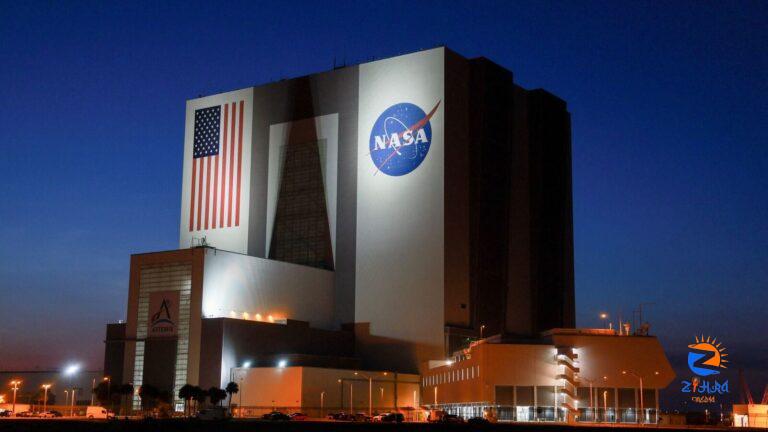
[ad_1]
NASA Images: From the backyard of our solar systems to the galaxies located millions of light years away, the Universe is filled with mysteries waiting to be uncovered by humans. National Aeronautics Space Administration keeps sharing images of rare events in the Universe and of distant celestial bodies. Here are the top 6 mysterious images from the Universe the US space agency shares.
NASA’s top 6 images from the Universe

View Full Image
The image of our solar system’s planet, Saturn will give an insight to what a human would see if hovering close to the giant ringed world. The image was taken in 2005 by the robotCassini spacecraft that orbitedSaturn from 2004 to 2017.
The image accentuates Saturn’s majestic rings which appear directly only as a curved line. The rings best show their complex structure in thedark shadows they create across the upper part of the planet.

View Full Image
This image showcases a rare sight of a distant star cloud, NGC 602, located on the outskirts of the Small Magellanic Cloud, a satellite galaxy some 200 thousand light-years distant. The 5 million-year-old star clusterNGC 602 is surrounded by its birth shell of gas and dust.
Thefeatured picture spans about 200 light-years, but atantalizing assortment of background galaxies, which are hundreds of millions of light years away, are also visible inthis sharp view.

View Full Image
Astronomer Caroline Lucretia Herschel discovered this ancient star cluster in the eighteenth century. Since then, it has been known as Caroline’s Rose. Looking at it through a small telescope indicates its resemblance to nested rose petals.
Now estimated to be 1.6 billion years young, the galactic or open cluster of stars also shows age. All the stars in the cluster were likely born simultaneously, but the brighter and more massive ones have more rapidly exhausted the hydrogen fuel in their cores.

View Full Image
The image shows a Comet 12P/Pons-Brooks with a bright ion tail, which ispushed directly out from the Sun by thesolar wind. On the upper right is the glowing central coma ofComet 12P/Pons–Brooks. Fanning out from thecoma, mostly to the left, is the comet’sdust tail.
The photo also features a distant bright star, Alpha Leporis, at the bottom of the featured image captured last week from Namibia.

View Full Image
The US space agency has shared an image, provided by Alex Linde, of the mysterious squid-like cosmic cloud that spans nearly three full moons on planet Earth’s sky. The cosmic cloud was discovered in 2011 by French astro-imager Nicolas Outters. The Squid Nebula’sbipolar shape is distinguishedhere by the telltale blueemission from doubly ionizedoxygen atoms.

View Full Image
The image shared by NASA, was captured by Marcin Rosadziński on Portugal’s Madeira Island in the North Atlantic Ocean. The mesmerising arch in the sky provides a glimpse of the Milky Way galaxy.
3.6 Crore Indians visited in a single day choosing us as India’s undisputed platform for General Election Results. Explore the latest updates here!
Download The Mint News App to get Daily Market Updates.
Published: 06 Jul 2024, 01:30 PM IST
[ad_2]